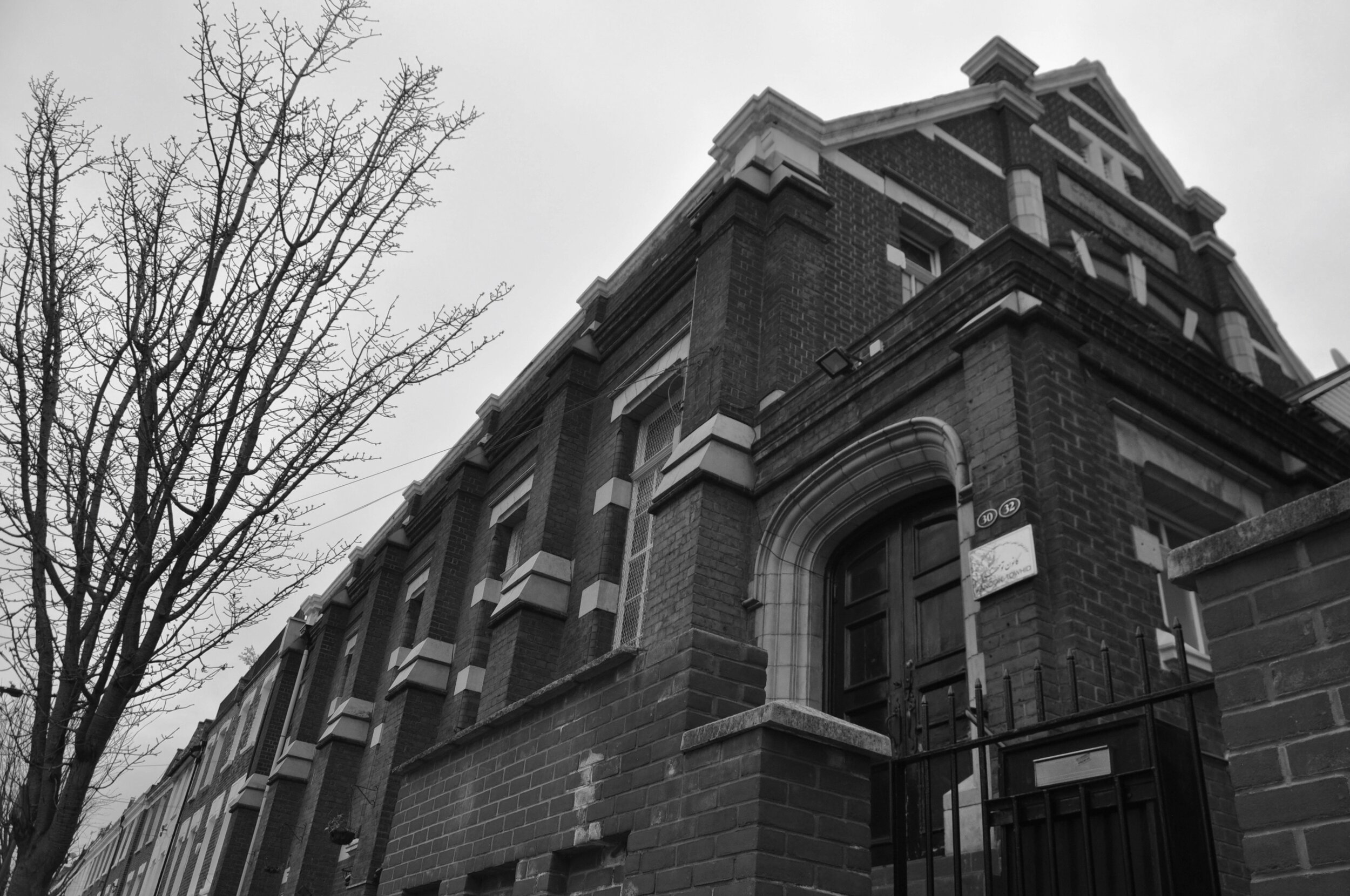The New Life
The photographs featured in this page were taken by Maryam Rabiee for the Shari’ati Cultural Foundation in Tehran.
The conditions of Shari’ati’s forced retirement proved to be unbearable to a man who writing and public speaking engagements galvanized students and intellectuals alike. Depressed and under SAVAK (Pahlavi intelligence service) surveillance, he had no hope that circumstances would change for him in his homeland. Shari’ati talked to Nasser Minachi, founder of Hosseiniyeh Ershad, about establishing a “New Ershad” in Paris. Minachi, however, convinced him to establish the new branch in London instead (Rahnema, 2014, p.363).
Shari’ati was able to obtain a passport under the name Ali Mazinani with the help of his wife, Pouran, his two friends, Abolfazl Hakimi and Taqi Dadsetan, and a loyal police officer who issued the passport (Rahnema, 2014, p.364). He made one last trip to Mashhad, where he visited Imam Reza’s shrine and prayed for the end of his incarceration (Rahnema, 2014, p.365). On May 16, 1977, he bid farewell to his family and friends and, after much distress, left Iran.
Things didn’t get easier, though. Upon his arrival at Heathrow, he realized that the information he had secretly scribbled on a cigarette—that he would smoke in case he was arrested at Heathrow—was incorrect (Rahnema, 2014, p.366). He turned to his only contact in the UK, Ali Fokuhi, his wife’s cousin, a student at the University of Southampton. After a few weeks of living in Fokuhi’s attic, Shariati rented a house in Southampton.
Heathrow
Address: Terminal 3, Compass Centre Nelson Rd, Longford, Hounslow TW6 1QG
Shari’ati, Minachi, and Fokuhi met Shari’ati’s daughters, Sara and Susan at Heathrow Airport Terminal 3 on June 18, 1977. Pouran and their youngest daughter, Mona, were stopped at the airport in Tehran and were not able to board the plane. Shari’ati and his daughters returned to Southampton after a short stay in London.
Reference: Rahnema, Ali. An Islamic Utopian: A Political Biography of Ali Shari’ati. I.B. Tauris & Co., 2014, p. 367-8
Southampton House
Address: 10 Portswood Park, Portswood Rd, Southampton SO17 2EW, UK
Upon their return to Southampton, the Fokuhi’s stayed over at Shari’ati’s house for dinner and Nasrin Fokuhi, Ali’s sister, decided to stay with the girls that night. Shari’ati stayed on the ground floor of the duplex and was unable to sleep. He asked for a glass of water and shortly after a cup of tea. Sara and Susan went back upstairs for the night after spending a little more with their father. The next morning, at approximately 8 am, the Fokuhi’s returned to Shari’ati’s house to pick up Nasrin, who, as she came down the stairs, saw Shari’ati on his back on the floor.
Reference: Rahnema, Ali. An Islamic Utopian: A Political Biography of Ali Shari’ati. I.B. Tauris & Co., 2014, p. 367-8. / Students from the History Department at the University of Southampton found Shari’ati’s address in the City Council’s archives. You can read more about their work here.
Southampton General Hospital
Address: Tremona Rd, Southampton SO16 6YD, United Kingdom
Shari’ati was rushed to the Southampton General Hospital immediately. But it was too late. His heart was not able to bare the stress and anxiety of separation and exile. The hospital issued a report (dated June 18, 1977) citing cardiac failure as the cause of his death. Minachi, Ettehad, and Haj Farraj Dabbagh (Soroush) immediately traveled to Southampton upon received the news of his passing. SAVAK reports indicated that excessive smoking caused him to have a heart attack.
Reference: Rahnema, Ali. An Islamic Utopian: A Political Biography of Ali Shari’ati. I.B. Tauris & Co., 2014, p. 368. / Shari'ati beh Ravāyat Asnād Sāvāk.
Farewell Mosque
Address: 30-32 Southerton Rd, Hammersmith, London W6 0PH, United Kingdom
Shari’ati’s daughters and friends transferred his body to London and performed the Islamic burial rituals (ghusl, recitation of Qur’an, etc.) at a mosque managed by the Khoja community.* From there, Shari’ati’s body was flown to Damascus on June 28, 1977, where he wanted to be buried close to Zeinab’s shrine, Imam Hussain’s sister. He believed that every revolution had two components: blood and the message. To him, Imam Hussain was the symbol of martyrdom and blood, and Zeinab was responsible for delivering Hussain’s revolutionary message following the Battle of Karbala. It was her role as messenger that kept the history of his sacrifice alive.
*The mosque, a former Welsh Methodist chapel, is now managed by Iranians and is called Kanoun Towhid.
Reference: After some research, Soussan Shari’ati and Maryam Rabiee were not able to find the name or address of the mosque in any of the texts. During a trip to London, Maryam was able to find the address through a family friend who was familiar with Shari’ati’s whereabouts in the UK.











